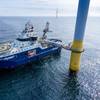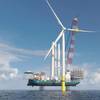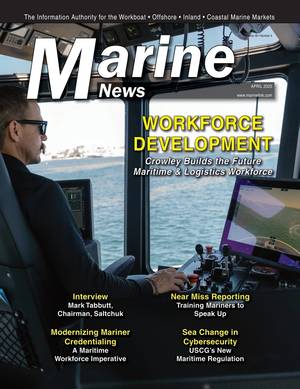Danelec and DanPilot Unveil Remote Piloting Technology
Danelec and leading Danish piloting company DanPilot have revealing the result of a key strategic partnership at the European Maritime Day conference in Svendborg, Denmark. They have new technology that integrates operational and navigation solutions, allowing for safe piloting without requiring a pilot to board the ship.
Danelec has been collecting vessel and navigation data on commercial vessels for 30 years. Today, vessel data can be sent to the cloud and displayed in near real-time ashore. By giving DanPilot access to it, a pilot can essentially see the same as they would if they were aboard the ship. This saves the time and cost of a pilot joining a vessel, while reducing the risk of accidents during transfer.
As pilots no longer need to climb aboard, ships can maintain their planned speed, helping them to reduce fuel costs and to better meet scheduled ETA and ETD.
“Although changing speed to enable pilots to board and disembark may not sound like a significant burden on paper, it takes several tons of fuel and thus CO2 emissions to slow down and accelerate a ship that weighs several thousand tons. As a result, this contributes to the massive potential our solution has to impact the safety, economic and sustainability agendas,” says Christian Kock, EVP, Safety at Danelec.
The technology enabling piloting from a remote location is supported by Danelec’s Vessel Remote Server solution, which collects real-time data from the ship.
A pivotal aspect of the remote piloting solution is its design to empower, not override, the decision-making capabilities of the onboard crew. The crew retains full control over the vessel, ensuring that the operational command remains securely onboard, thus significantly reducing the risk of external interference. The remote piloting solution enables efficient and clear communication between the ship's crew and shore-based pilots. Pilots can send navigational commands directly to the crew, who can quickly respond and implement the guidance.











